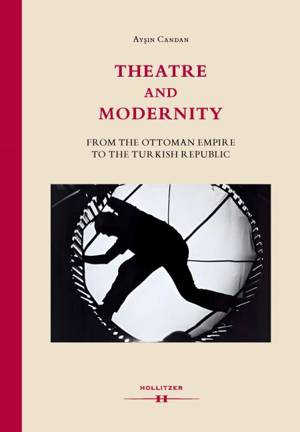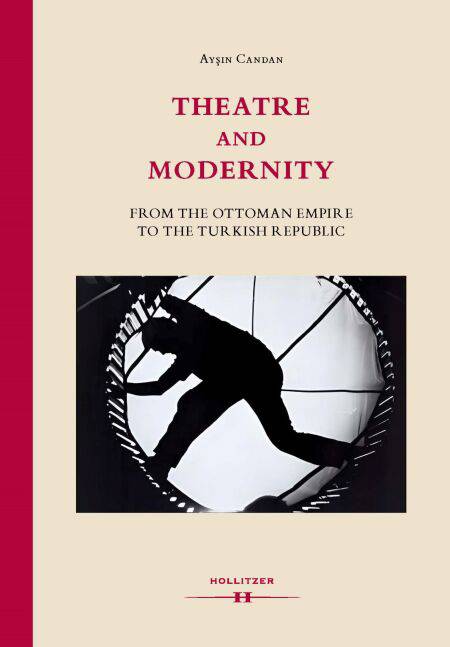
- Afhalen na 1 uur in een winkel met voorraad
- Gratis thuislevering in België vanaf € 30
- Ruim aanbod met 7 miljoen producten
- Afhalen na 1 uur in een winkel met voorraad
- Gratis thuislevering in België vanaf € 30
- Ruim aanbod met 7 miljoen producten
Zoeken
€ 44,99
+ 44 punten
Uitvoering
Omschrijving
This study aims to disclose the inner dynamics of the rich and diverse milieu within the Ottoman-Turkish society that created its unique hybrid forms through the scenic arts against an understanding of modernity in terms of a simple import or imitation of Western cultural forms. In the 19th century Armenians pioneered this process with melodramas, necessitating the presence of female performers on the stage; Armenian women thus went onstage with patriotic motives. Among the two leading figures of the Turkish Republic period are Nazim Hikmet, the most prolific but severely censured Turkish dramatist and Muhsin Ertugrul, who founded the subsidised theatres of Ankara and Istanbul. A later phase of modernisation arrives in the sixties with a social awakening towards the conditions of the rural society: Ankara becomes the seat of "popular" theatre after the founding of Ankara Art Theatre, in 1961. Mehmet Ulusoy's work in France in the 1970–1980s crowns the final synthesis.
Specificaties
Betrokkenen
- Auteur(s):
- Uitgeverij:
Inhoud
- Aantal bladzijden:
- 172
- Taal:
- Engels
- Reeks:
Eigenschappen
- Productcode (EAN):
- 9783990942420
- Verschijningsdatum:
- 21/03/2024
- Uitvoering:
- E-book
- Beveiligd met:
- Digital watermarking
- Formaat:
- ePub

Alleen bij Standaard Boekhandel
+ 44 punten op je klantenkaart van Standaard Boekhandel
Beoordelingen
We publiceren alleen reviews die voldoen aan de voorwaarden voor reviews. Bekijk onze voorwaarden voor reviews.








